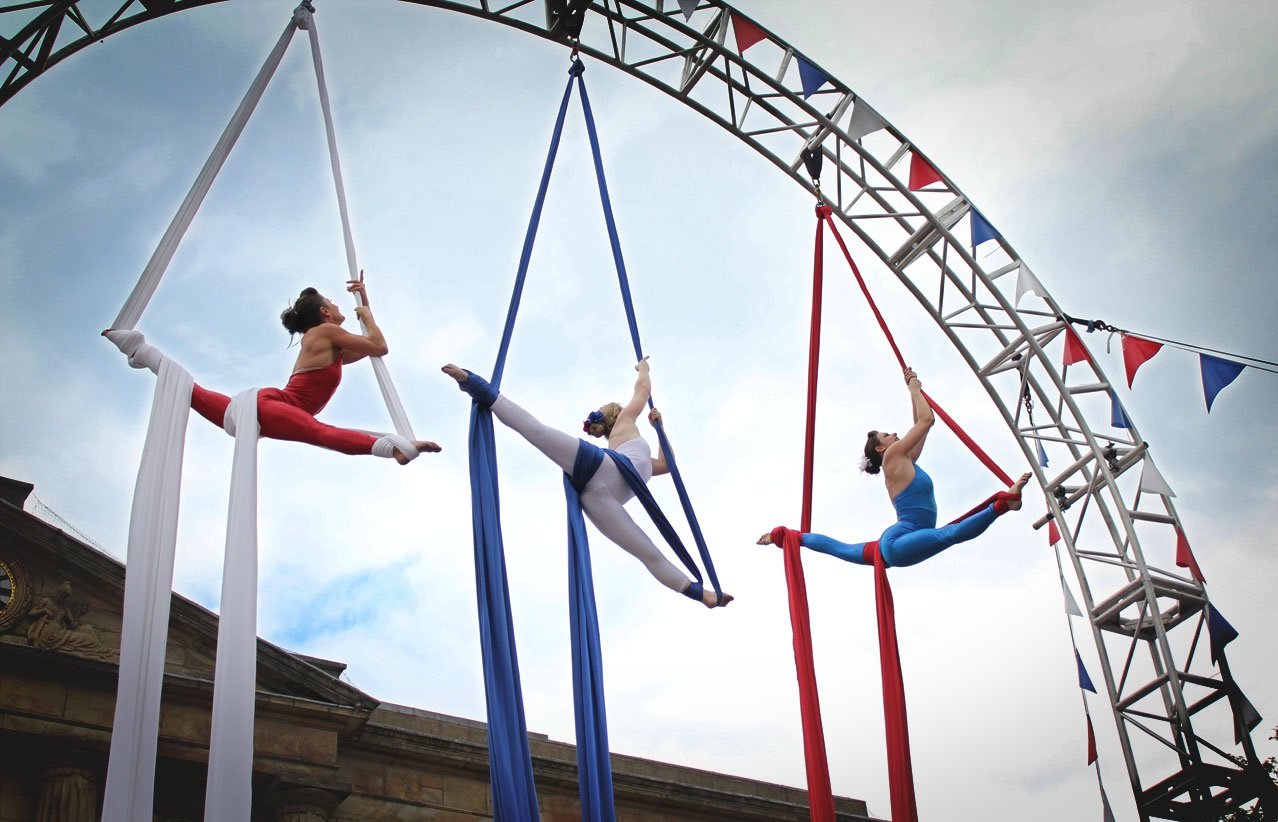
Photo: GraphicReality via VisualHunt (CC BY-NC-SA)
The recipe for successful diversification
Many arts organisations need to diversify their income streams. Mahmood Reza reveals the three ingredients they need to do so successfully.
Most arts organisations have faced challenges regarding funding and revenue generation, and recently this has been brought more into focus with the need to develop differing sources of revenue and opportunities. This diversification should be based on three pillars of success: capacity, performance and mindset (or CPM).
C is for capacity
Organisations with growth mindsets encourage measured and appropriate risk-taking, appreciating that some projects may not end up being successful
Capacity is about an organisation’s ability to effectively deliver its mission and continue to be sustainable and effective. It is about the skills and ability to make and execute decisions in a manner that achieves effective and efficient results. Capacity building is the process of developing those skills and abilities.
Governance, leadership and strategy are key elements of capacity, as they set the direction and path that we need to follow. Clearly defined missions and strategies provide a focus for decision-making and a benchmark for judging whether a project or new idea align with the strategy. Many organisations lose their direction by working on new ideas that are not aligned to their strategy. Leadership is the ability to guide, inspire and take people with you to achieve the aims of your organisation.
Information is a key capacity ingredient. Unfortunately, management information and its effective use do not always get the attention and investment that is needed. Management information systems play a key role in supporting managers in decision-making, planning, control and performance management.
There is a rich vein of financial and business data that is already captured within our accounts and bookkeeping systems, websites and social media platforms. In many organisations this data remains largely untapped, difficult to extract and unused, due to a combination of stand-alone systems which may not be fit for purpose. This data can be converted into valuable information that will provide great insights, such as audience spend and project tracking.
P is for performance
Performance is something that all of us, from the cradle to our final passing, are exposed to. Our performance starts when we are babies (walking, talking and cuteness), to school (reading, writing, numeracy, sport, social interaction), then working life (how we do in our jobs), and so it goes on.
Our mission statement helps generate critical success factors (CSFs) that are the cause of our success, those areas in which we need to perform best if we are to achieve overall success and achieve our objectives. For example, the CSFs for an arts organisation could be financial stability, audience and staff satisfaction. Their key performance indicators (KPIs) could be cashflows, repeat business and staff absenteeism.
KPIs should normally be a blend of numbers (quantitative) and non-numbers (qualitative), and can be ratios, numbers, surveys, questionnaires or observations. Targets can be set for these KPIs, and progress measured against these targets. Any variations against these targets should prompt investigation and ultimately action to rectify the situation.
There is a general rule in business that you cannot manage what you cannot measure. We need clues and milestones to identify if we are progressing on our journey. For instance, if an arts organisation considered audience and staff satisfaction to be important (CSFs) then we should see appropriate KPIs being captured, benchmarked and reported on in management and board reports.
M is for mindset
A mindset is a set of assumptions, attitudes and behaviour that strongly influences how we handle situations in business and in life. Within organisations mindsets are reflected by people’s adoption and acceptance of certain behaviours or choices that are already established. So a fixed mindset is one that is happy continuing with the status quo – a risk-averse approach that is reticent or unable to develop, diversify and adapt.
A growth mindset looks at things slightly differently, creating a culture of not being overtly wary of change or employee empowerment. It’s happy being innovative, developing new skills and techniques and effectively using business and financial information.
Organisations with growth mindsets encourage measured and appropriate risk-taking, appreciating that some projects may not end up being successful. Employee growth and development through training and skills acquisition is embedded, collaboration is encouraged, and it’s all backed up by organisational policies and senior management action.
We should take care when developing a growth mindset to not discard what works and is valuable with something that is undesirable and dysfunctional. Within an organisation, a fixed mindset can play its part, for example in adhering to the rules of governance and statutory compliance.
Developing a growth mindset therefore has its challenges and potential setbacks, and we all have our own fixed-mindset triggers. When individuals face challenges, get criticised or perform poorly, we can easily fall into insecurity or defensiveness, a response that inhibits growth and innovation.
Dealing with uncertainty
Earlier this year, in order to test the temperature Pro Active Resolutions carried out a survey on ‘Managing Uncertainty in the Arts’, and we will publish the full results soon. The top two approaches identified for dealing with uncertainty are developing partnerships and increasing business and commercial activities. These are great approaches – and supported by a framework of CPM makes them even more effective.
Mahmood Reza is Owner and manager of Pro Active Resolutions and Knowledge Grab.
www.proactiveresolutions.com
This article, sponsored and contributed by Pro Active Resolutions, is in a series sharing insights into accountancy and business issues in the arts.
Join the Discussion
You must be logged in to post a comment.